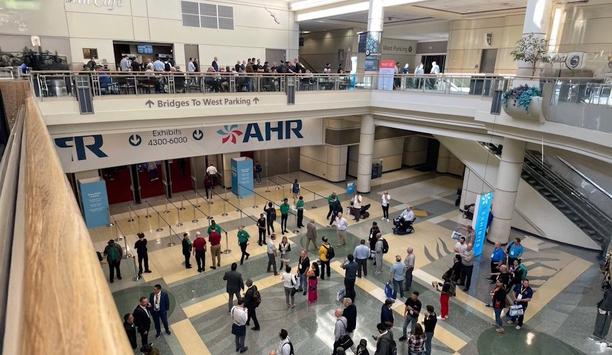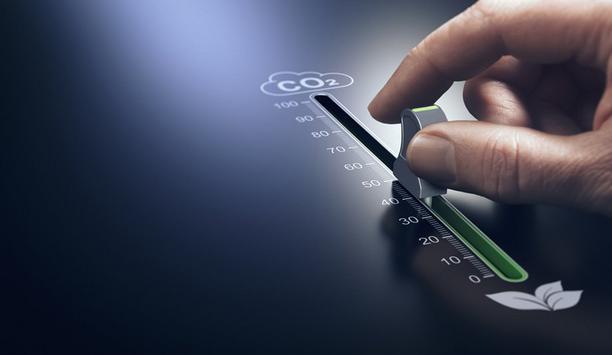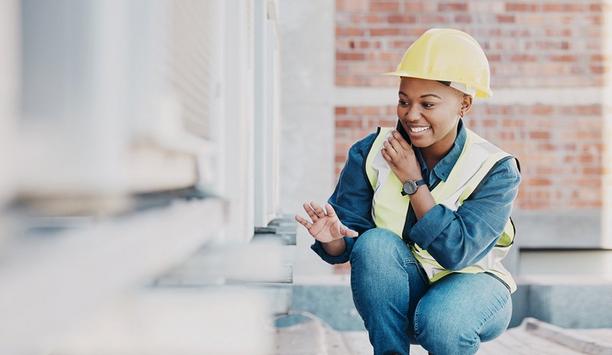Although the European Union is several steps ahead in the transition away from hydrofluorocarbon (HFC) refrigerants, members of the HVACR industry in other countries currently find themselves in a more urgent situation when it comes to stepping down HFCs and stepping up use of new-generation hydrofluoroolefin (HFO) refrigerants and emerging A2Ls.
EPA’s AIM Act
This is especially true in the U.S., where 2024 kicked off with an additional 30% reduction in HFC production and consumption under the EPA’s American Innovation and Manufacturing (AIM) Act. With every phasedown comes a decreasing supply. And with every passing year, more HFC-charged equipment reaches the end of its lifecycle—or at least requires repair.
Given the regulatory outlook, supply trajectories, global sustainability imperatives, and increased customer demand for businesses to be environmentally responsible, HVACR shops can no longer be “thinking about” how they will transition. It’s time to start engaging in activities to help ensure your business transitions as smoothly as possible.
Transcritical CO2 systems
Many business advantages come with incorporating HFOs—especially A2Ls—into your portfolio
It’s also important to understand that the transition is not just about “following rules.” Many business advantages come with incorporating HFOs—especially A2Ls—into your portfolio. Consider how proactively leveraging these advantages can support your business goals and growth. A2Ls, which include HFOs and HFO-blend refrigerants, offer similar operating characteristics to legacy refrigerants and a safer profile than ammonia and hydrocarbon refrigerants, and they are more energy efficient than R-410A and transcritical CO2 systems.
Not only can A2Ls protect our planet because of their lower global warming potential (GWP) and ability to increase system efficiency, but they can also lower the operating cost throughout the lifecycle of refrigeration equipment. The sooner you can put these advantages to work, the stronger your position among customers will be—whether they are driven by environmental concerns, cost savings, better performance, safe environments, or all the above.
Five key steps for refrigeration transition
So, with all this motivation behind you, how do you get started? Here are five key steps you can take to facilitate the refrigeration transition.
- Help ensure refrigerant supply by practicing the “Three Rs.”
The Three Rs, also known as a refrigerant management plan, help ensure there is enough HFC supply to meet your needs as well as those of the industry. As HFC production and consumption phasedowns continue—resulting in reduced supply availability for servicing existing equipment—this step becomes increasingly critical. Consistently follow a process of refrigerant recovery, recycling, and reclamation. When servicing equipment, or taking it out of use, be sure to recover every possible bit of the refrigerant. Then recycle it for reuse or send it to a certified reclaimer to be reprocessed and reintroduced into the supply stream as refrigerant that meets all virgin purity specifications. Following a solid refrigerant management plan will also support your circularity and sustainability goals.
- Educate yourself on A2Ls.
Learning about A2Ls means becoming knowledgeable about the many aspects driving their global adoption. By understanding their benefits over legacy refrigerants, differences in how they are used, safety considerations, and which OEMs are adopting them, you will be able to properly guide your technicians and customers, as well as outline a business strategy for introducing A2L equipment into your offerings. This knowledge becomes increasingly valuable as the world confronts climate challenges more aggressively than ever—as evidenced by the accelerated adoption of A2L refrigerants in North and South America, and their wide availability in Europe and Japan. Moreover, A2Ls are expected to see broad adoption in the U.S. in the near future, as more states amend building codes and standards to allow their use.
- Be loyal to training.
You should consider training for you and your technicians to be a part of your business’s DNA. Whether we’re talking about mildly flammable A2Ls or other HFOs or HFCs, staying current and keeping your technicians trained is highly important. Training is a top priority for ensuring safe handling, optimal equipment performance, and quality work that supports the integrity of our industry. In fact, there’s the potential for authorities to make it mandatory. But whether training is voluntary or mandatory, contractors should call on companies such as Chemours and industry associations that offer programs that train “the trainer” and the technicians.

- Be prepared to communicate with your customers.
Steps two and three, education and training, will give you a leg up when it comes time to have the “repair, retrofit, or replace” conversation with a customer. When this moment is imminent, make sure you’re prepared to have the discussion in a way that gives your customers all the options and helps them make an informed decision that is best for their home or business. Also, educate yourself on all the refrigerant options available today, so you can point out the advantages of one over another. These should include energy savings, environmental benefits, and performance attributes, plus the cost of purchasing new equipment or retrofitting existing equipment compared to continual repairs.
- Consistently use your trusted supplier.
As HFCs are phased down, there will be a greater incentive for them to enter regions illegally. In addition to thwarting environmental goals, illegal refrigerants typically have poor quality makes them unsafe and inefficient for use. The best way to protect your crews, customers, and business is to continue to use your trusted supplier every time. Also stay away from the temptation of “too good to be true” prices, as these can be tied to counterfeit or illegal refrigerants.
Reasonable transition
Remember that phasedowns like those being implemented through the AIM Act have been structured to support a workable, reasonable transition. So, while there is a need to put your plans in motion, there is no need for panic.
You can ensure yourself of a smooth transition and reap the benefits of it by committing to starting these five steps now and continuing them consistently throughout the year. If everyone in the industry does their part, we can all support businesses, customers, and the planet.


















